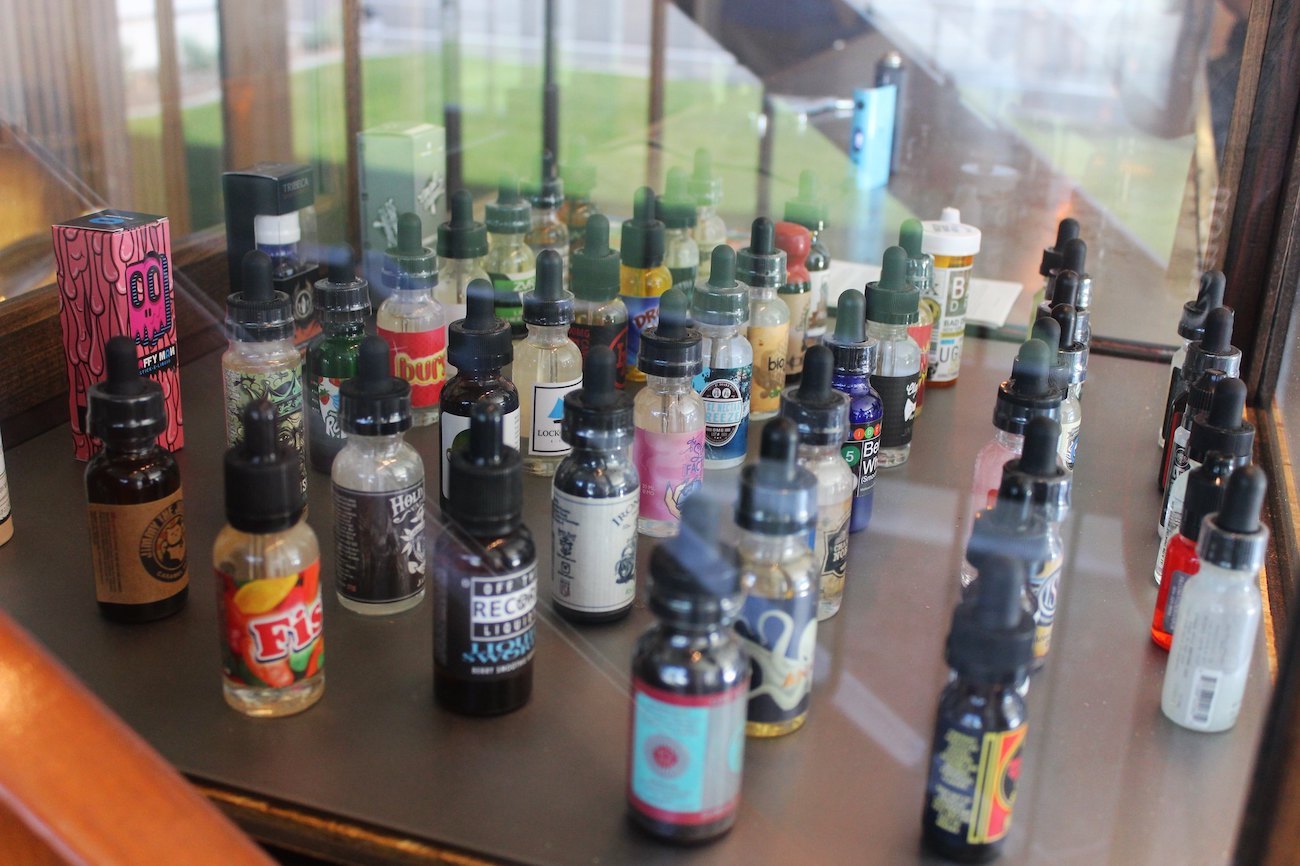Tobacco harm reduction advocates in Canada have fired back, after tobacco control groups urged the government to ban vape flavors at an October 4 press conference. Its participants also demanded the resignation of Minister of Mental Health and Addictions Ya’ara Saks if she fails to comply.
In their own press conference on October 10 and an associated press release, advocates from Rights 4 Vapers and the Canadian Vaping Association highlighted the public health consequences of a flavor ban, urging Minister Saks and the government to reject the “bullying tactics” of what they termed “anti-harm reduction lobbyists.”
“Since vaping entered the market, we’ve seen a disturbing pattern of fear-mongering, misinformation and a deliberate effort to push people back towards smoking,” said Maria Papaioannoy, a spokesperson for Rights 4 Vapers, in opening the October 10 news conference.
On October 4, leaders of Physicians for a Smoke-Free Canada, the Quebec Coalition of Tobacco Control and ASH Canada had blamed vape flavors for youth vaping uptake. Les Hagen, executive director of ASH Canada, framed it as a problem that’s “out of control.”
All three participants called for Saks to resign if legislation to ban flavors, drafted 14 months ago, does not become law. They also expressed concern that the minister had convened with the Canadian Vaping Association and Rights 4 Vapers.
But Saks soon clapped back, indicating her unwillingness to pursue a flavor ban. “I’m really solutions-orientated and I’m not really interested in political press release stunts,” she responded in yet another news conference, held in Ottawa on October 11.
Stressing that the health of Canadians, including young people, was her focus, Saks noted that in jurisdictions like Quebec and Australia, where flavors have been banned, illicit markets have flourished.
In Australia, an effective prohibition of vapes—now partially diluted with pharmacy-only access, though with almost all flavors still banned—has had severe consequences. These include violence over control of the vast illicit market generated, the absence of consumer protections and age controls with unregulated products, and inferior progress on smoking cessation.
“Flavors are what pushed many people who vape away from smoking.”
In Canada, 48,000 people die of smoking-related causes each year. The Canadian Vaping Association states that over 1.5 million adult Canadians use flavored vaping products to stay off cigarettes. Such preferences and needs among people who switch are illustrated by research around the world, reflecting a key factor in making vapes more attractive than the deadly products they replace.
“Flavors are what pushed many people who vape away from smoking,” Papaioannoy of Rights 4 Vapers told Filter. “Since vaping became legal, smoking rates have decreased overall.”
She added that in the province of Quebec, which banned sales of flavored vaping products in October 2023, many people have since returned to smoking.
The alternative for people who need flavored vapes in order not to smoke would be unregulated suppliers. “But why should law-abiding Canadians be forced to turn into ‘criminals’ just to protect their health?” Papaioannoy asked.
For decades, “tobacco control zealots” have dictated government actions, she continued. But now, they seem to have shifted their focus from Big Tobacco—with which vaping is often falsely conflated—in order to “vilify everyday Canadians, people who simply want to quit smoking.”
“Their press conference, calling for a minister’s resignation simply because she’s listening to all the facts, is a testament to that,” Papaioannoy said. “My message to Minister Saks is simple: Keep doing what you’re doing.”
As for the objection to ministers meeting with pro-vaping advocates and consumers, she commented that Saks and one of her predecessors in the role “have prioritized including lived experiences in their approach, and it’s making a difference.”
Lived experiences like those of Janine Timmons, an independent Canadian tobacco harm reduction advocate. She smoked for 40 years, before switching to vapes.
At the very outset, she told Filter, she used tobacco-flavored vapes because of the familiarity. “However, after two weeks of vaping, I noticed my tastebuds were reawakening and repairing themselves after smoking for so many years. Tobacco flavor? No thank you!”
Timmons now prefers fruit and sweet flavors, and has “no idea what I will do if the government moves forward with a flavor ban.”
She added that she has a question she’d like to put to those lobbying for it: “When will they listen to the very people, consumers, who will be most affected by flavor bans and decreasing accessibility to vaping products?”
“For too long, they’ve relied on shame and derogatory tactics to push people to quit. Times have changed, but they haven’t.”
Canada already has stringent vape regulations regarding nicotine concentration, packaging and marketing, Papaioannoy noted. While she supports strengthening measures to reduce youth use, she asserted that banning flavors would jeopardize Canada’s goal of a smoking rate below 5 percent by 2035.
“We want tobacco control to be dismantled and defunded,” she said. “It’s time to start fresh in this country. For too long, they’ve relied on shame and derogatory tactics to push people to quit. Times have changed, but they haven’t. So let’s begin again.”
Photograph by Lindsay Fox/EcigaretteReviewed via Flickr/Creative Commons 2.0





Show Comments